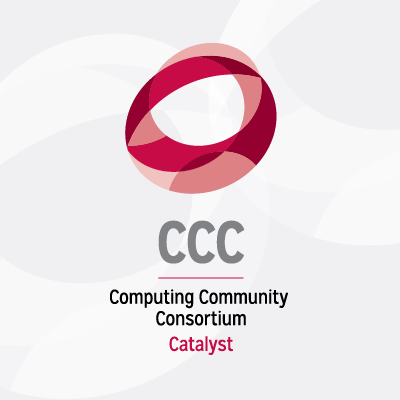There’s a great article in today’s New York Times describing a 2007 persuasive technology course at Stanford University — and how it became a laboratory for start-ups making simple products aimed at attracting large numbers of users (emphasis added):
All right, class, here’s your homework assignment: Devise an app. Get people to use it. Repeat.
That was the task for some Stanford students in the fall of 2007, in what became known here as the “Facebook Class.”
No one expected what happened next.
The students ended up getting millions of users for free apps that they designed to run on Facebook. And, as advertising rolled in, some of those students started making far more money than their professors.
Almost overnight, the Facebook Class fired up the careers and fortunes of more than two dozen students and teachers here. It also helped to pioneer a new model of entrepreneurship that has upturned the tech establishment: the lean start-up.
“Everything was happening so fast,” recalls Joachim De Lombaert, now 23. His team’s app netted $3,000 a day and morphed into a company that later sold for a six-figure sum.
“I almost didn’t realize what it all meant,” he says.
Neither did many of his classmates. Back then, Facebook apps were a novelty. The iPhone had just arrived, and the first Android phone was a year off.
But by teaching students to build no-frills apps, distribute them quickly and worry about perfecting them later, the Facebook Class stumbled upon what has become standard operating procedure for a new generation of entrepreneurs and investors in Silicon Valley and beyond. For many, the long trek from idea to product to company has turned into a sprint.
Start-ups once required a lot of money, time and people. But over the past decade, free, open-source software and “cloud” services have brought costs down, while ad networks help bring in revenue quickly.
As BJ Fogg, director of Stanford’s Persuasive Technology Lab and the creator of the course, put it:
We wanted the students to create apps and get them out into the world — and learn, not by sitting there and thinking, but by observing what happens… What smart people do, what engineers tend to do, is they over-think. And from the beginning we said do simple things… What happened over time is that the student teams discovered that the things that were complicated, that required lots of thinking or gave users lots of choices, never worked — and simple things took off.
Read the rest of the story here, and be sure to listen to the accompanying media in which Fogg and others describe the lessons they learned — “on going viral.”
(Contributed by Erwin Gianchandani, CCC Director)









